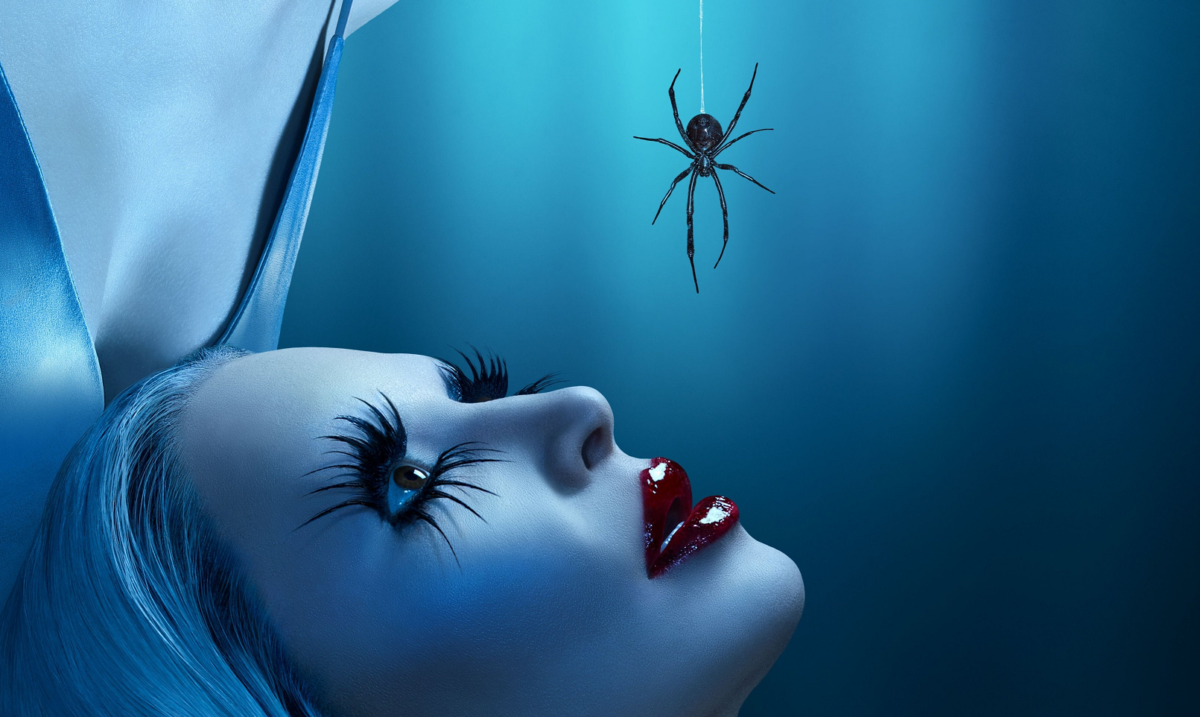Horror has long been a fixture of TV schedules. Although for much of its history it existed as made-for-TV films (Kolchak: The Night Stalker and Threads), anthology shows (Twilight Zone) or TV mini-series which only lasted a few episodes (Salem’s Lot and Stephen King’s It). Even long-running narrative horror shows like Buffy the Vampire Slayer mostly had a monster-of-the-week structure, despite having overarching plots. Likely, this was done to avoid threats becoming too familiar and potentially diluting their impact. However, modern horror TV has evolved and is capturing a lot of audiences’ attention while doing so.
In this article, we look at how TV horror has managed to hook modern viewers. Analysing how the storytelling techniques and content have changed.
Serial Horror Can Work
TV horror has been steadily challenging its established structures for a while. Twin Peaks focused on the long-running, intersecting, surreal and often horrific mysteries and characters connected to the death of Laura Palmer. Now modern shows like American Horror Story choose a new horror genre to explore for each new season’s arc. Meanwhile, The Walking Dead, Yellowjackets, Hannibal, The Last of Us and more unfurl their horrific stories across multiple continuing seasons.
Many of these series have succeeded with viewers for two reasons. Firstly, they use their length and scope to explore a diverse array of characters and the worlds they inhabit in more expansive ways than a standard horror film allows. Plus, the expanded time spent in these characters’ worlds and company builds a sense of temporal familiarity that films can’t easily replicate. This allows moments of horror to potentially have a greater impact because of the connection built with the audience.
Secondly, these shows have successfully mapped horror beats onto long-running serialised storytelling. Those made for broadcast TV use the mini-climaxes before advert breaks to keep viewers on edge. Mainly done through character revelations, sudden shocks that leave us wanting a fuller picture or building up suspenseful situations. Steadily, though, more shows are structuring their episodes like movies, focusing more on building atmosphere and mystery throughout the entire episode. Rather than needing to heighten tension every few minutes. Meaning shows can also revel in a slow build. Both formats craft tension in their own unique ways, and both formats usually end with a finale that shocks us enough to want to continue the narrative. Each episode gradually reveals more about the characters, the story and the overall threat. With no true status quo restored until the season’s end, these shows know just what to do to keep TV audiences watching.
Scary & Engaging
It’s not just the unique style of horror storytelling that is drawing people to these shows. With the restrictions of yesteryear no longer constraining what can be shown on cable and streaming, and rising production budgets TV horror is allowed to be more adult. For example, horror shows can now deliver movie-level effects to meet the needs of the story. Adding another level of immersion and entertainment for both general watchers and horror fans.
These shows are also not afraid to tackle big issues such as addiction (The Haunting of Hill House), climate change (The Last of Us), trauma (Yellowjackets) and more. Horror has, of course, always dealt with big themes, but with restrictions no longer watering them down, these stories can be much more confrontational in how they approach the topic. Many audiences gravitate to these shows because of their ability to showcase dark themes in an honest way.
Small Screen Screams Staying
Horror has shown itself fully capable of working in the world of serialised TV. Through its focus on building engaging characters and settings, adapting the beats of horror to the needs of either broadcast and streaming formats, as well as tackling big themes with horrific effects, horror has shown itself to be a truly unstoppable genre. Time truly is no barrier to scares.

